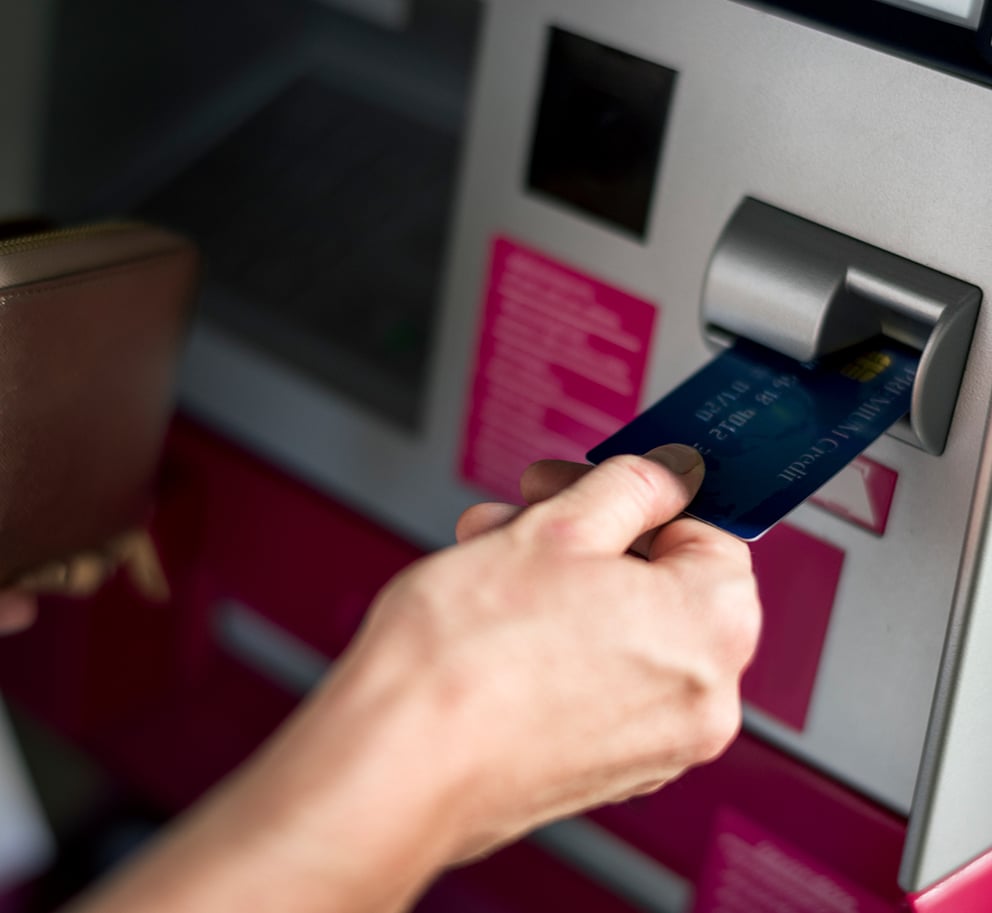A group of banks based in Myanmar have had great success with the Peplink solution. Kanbawza, Ayeyarwady, Innwa, Construction and Housing Development Bank, Asia Green Development Bank, and Yoma have deployed over 700 MAX BR1s in their ATMs for ATM connectivity.

Challenge
Deploying ATMs are a challenge because of their high initial costs and remote locations. Which often results in higher recurring costs when ensuring ATM connectivity in remote locations. Because of this, it isn’t uncommon for ATMs to connect via expensive VSAT as fixed landline connectivity is not an option.
Solution
Enter Peplink’s M2M (machine to machine) capable MAX routers. Because MAX routers use cellular connectivity, ATMs can be deployed to areas where landline connections are unfeasible. In addition to providing ATM connectivity in remote areas, they needed to provide connection resilience. This was achieved with secondary connections such as DSL being plugged into the routers as back-up connections. To complete the setup, InControl2 provides remote central monitoring for the entire fleet, dramatically reducing the need for site visits.

The MAX BR1 was the most common deployment for connecting the ATM and CCTV to. Due to each MAX BR1 having 2 SIM cards for 3G (or 4G LTE) cellular connection and for network redundancy. In addition, DSL or VSAT acted as extra connection resilience by taking over should cellular networks become unreachable when available. Each bank deployed a Peplink Balance at their headquarters to create a secure channel to their ATMs. These channels used either SpeedFusion or SpeedFusion VPN to increase security for both users and the banks.

Result
This solution made their ATMs far more flexible when it came time for deployment. Off-premise ATMs were no longer limited by connection availability and could be deployed in locations previously deemed impossible. Due to this, they no longer needed to rely on landline connections. This meant that they no longer needed to wait or pay for expensive cables to be laid. This resulted in instant deployments at minimal costs.